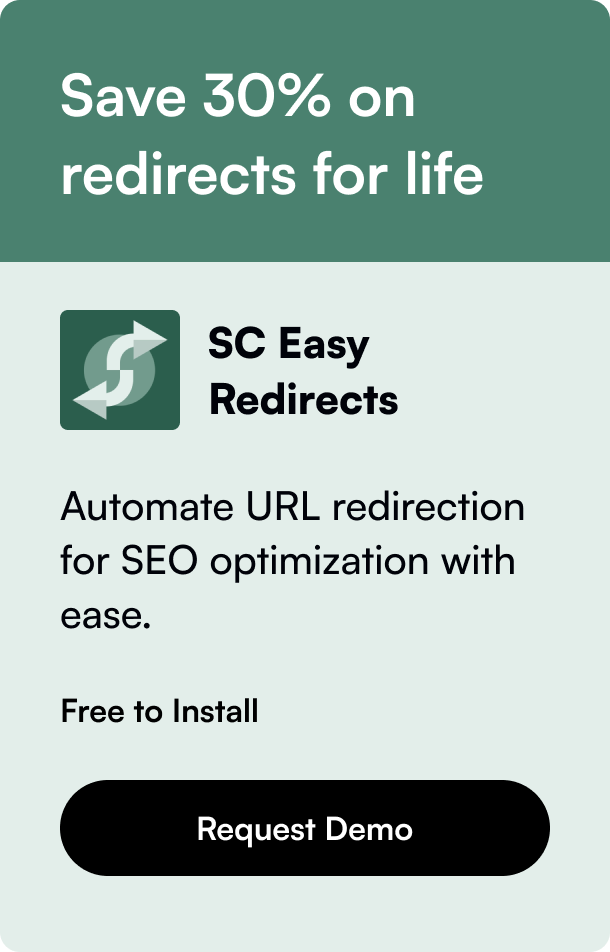Table of Contents
- Introduction
- What is Revenue-Based Financing?
- How Revenue-Based Financing Works
- Advantages of Revenue-Based Financing
- Disadvantages of Revenue-Based Financing
- Use Cases and Examples
- Comparing Revenue-Based Financing to Other Options
- How to Secure the Best RBF Terms
- Conclusion
- FAQ
Introduction
Imagine you're a startup founder looking for funding to scale your business. You’ve explored traditional loans but balk at the idea of putting up personal guarantees. Alternatively, selling equity seems counterintuitive as it would dilute your ownership. Enter revenue-based financing (RBF), a compelling solution that strikes a balance between debt and equity financing.
In this blog post, we’ll delve into the nitty-gritty of revenue-based financing, its benefits, drawbacks, how it compares to other financing options, and how startups can leverage it effectively. By the end, you’ll have a well-rounded understanding of whether RBF is the right fit for your business.
What is Revenue-Based Financing?
Revenue-based financing is a form of capital raising where investors provide funds to a business in exchange for a fixed percentage of its future gross revenues. Unlike traditional loans with fixed repayments or equity fundraising that dilutes ownership, RBF offers flexible repayment terms that are directly tied to the performance of the business.
In essence, if your company has a stellar month, your repayment will be higher. Conversely, if revenues dip, the repayment is lower, thus reducing financial strain during slow periods.
How Revenue-Based Financing Works
1. Initial Funding
Startups apply for revenue-based financing with a lender or investor. Typically, these investors analyze the business's financial health, revenue patterns, and growth potential. If approved, the startup receives a capital infusion.
2. Repayment Terms
Unlike conventional loans, RBF repayment terms are simple: a fixed percentage of monthly revenues. For example, if the agreed-upon percentage is 5% and the startup generates $100,000 in revenue in a particular month, it will remit $5,000 to the investor.
3. Duration and Cap
RBF agreements often include a cap, a multiple of the original investment that needs to be repaid (usually 1.2x to 2.5x). The duration of the repayment can vary from one to five years, depending on the business's performance.
Advantages of Revenue-Based Financing
Non-Dilutive Capital
One of the most compelling advantages of RBF is that it doesn’t dilute ownership. Entrepreneurs retain full control and equity of their company. This is especially beneficial for startups aiming to maintain strategic direction and decision-making power.
Flexibility
RBF payments are aligned with revenue, offering flexibility that traditional loans don’t. This adaptability is particularly advantageous for businesses with fluctuating revenues, such as seasonal businesses or SaaS companies with varying cash flows.
Quick Approval and Funding
Revenue-based financing providers often employ advanced analytics to evaluate a company's revenue streams, leading to faster approval processes compared to traditional loans that may require extensive paperwork and personal guarantees.
No Personal Guarantees
Unlike traditional debt financing that might require personal assets as collateral, RBF generally does not impose such stringent requirements, making it less risky for the founders.
Disadvantages of Revenue-Based Financing
Limited Funding Amounts
The amount of capital available through RBF is typically a fraction of the company’s monthly or annual revenue. This can be a limiting factor for businesses needing large capital injections.
Higher Cost of Capital
Although RBF is often cheaper than equity financing, it is generally more expensive than traditional loans in terms of the effective interest rate. The flexible repayment terms come at a premium.
Revenue Dependency
As the name suggests, revenue-based financing requires a steady stream of income. Businesses in the pre-revenue stage or those with highly unpredictable revenue patterns may find it difficult to secure RBF.
Use Cases and Examples
Revenue-based financing is particularly suited to SaaS companies, e-commerce businesses, and any startups with predictable revenue streams. Below are some scenarios where RBF could be highly effective:
Scaling Marketing Efforts
An e-commerce platform looking to ramp up its customer acquisition campaigns can utilize RBF to finance these efforts without worrying about fixed monthly repayments.
Expanding Product Line
A SaaS company could use RBF to invest in developing new features or products, leveraging future revenue to fund current growth initiatives.
Bridge Financing
For companies looking to fuel interim growth between equity rounds, RBF serves as an excellent non-dilutive option.
Comparing Revenue-Based Financing to Other Options
Debt Financing
Traditional loans involve fixed monthly payments regardless of your revenue. They also often require personal guarantees and a lengthy approval process. While they may offer lower interest rates, the inflexibility can be burdensome for startups with inconsistent revenue.
Equity Financing
Equity financing involves selling a portion of your business to raise capital, leading to ownership dilution. While it comes with the benefit of not requiring repayment, loss of control and potential misalignment between investors and founders can be significant downsides.
RBF as a Middle Ground
Revenue-based financing provides a balanced approach with its non-dilutive, flexible repayment structure. However, the trade-off is a generally higher cost of capital compared to traditional loans and limited funding amounts.
How to Secure the Best RBF Terms
Plan Ahead
Apply for revenue-based financing before you are in urgent need of capital. This gives you the flexibility to negotiate better terms.
Vet Lenders Carefully
Not all RBF providers are equal. Look for transparent terms, fair repayment caps, and avoid lenders who ask for personal guarantees or other forms of collateral.
Track Your Revenue Diligently
Maintaining accurate revenue records will not only help in securing RBF but also allow you to forecast repayment more accurately.
Conclusion
Revenue-based financing stands out as a compelling alternative for startups looking to scale without diluting ownership or taking on restrictive debt obligations. By aligning repayments with revenue, RBF offers a flexible, founder-friendly solution to growth capital.
Understanding both the advantages and limitations of RBF can help you make an informed decision that aligns with your business goals. When used strategically, revenue-based financing can provide the much-needed runway to scale your operations, innovate, and capture market share.
FAQ
Q: Is revenue-based financing suitable for pre-revenue startups?
A: No, revenue-based financing is contingent on the business generating revenue. Pre-revenue startups generally do not qualify.
Q: How long does it take to secure RBF?
A: The approval and funding process for RBF is typically faster than traditional loans, often taking just a few weeks.
Q: What is the typical cost of capital for RBF?
A: The cost of capital in RBF varies, but it generally ranges from 1.2x to 2.5x of the borrowed amount, depending on the lender and terms of the agreement.
Q: Can I use RBF alongside other financing options?
A: Yes, RBF can complement other forms of financing like equity or debt, providing additional capital without further diluting ownership or securing additional debt.
Q: What industries benefit the most from RBF?
A: Industries with predictable revenue streams, such as SaaS, e-commerce, and subscription-based businesses, are particularly well-suited for revenue-based financing.
By understanding revenue-based financing in depth, startups can make informed decisions that align with their growth strategies and financial health. This flexible financing option can be a game-changer for many businesses looking to scale responsibly and sustainably.
Grow Your Shopify Store with Shop Circle Capital
Thank you for reading our latest insights on improving your Shopify store. As you consider different ways to grow, we want to introduce you to Shop Circle Capital, a great tool for flexible funding.
Shop Circle Capital provides funding that adjusts to your business’s sales. This means you don’t have to worry about fixed monthly payments. Instead, you pay more when sales are good and less when they slow down, making managing your finances easier and less stressful.
If you’re ready to take your business to the next level, Shop Circle Capital is here to help. Whether you need more inventory, want to spend more on marketing, or plan to enter new markets, our funding can help you get there.
Don’t delay your growth. Click here to apply for Shop Circle Capital today. Begin your application now and get funding that fits your business’s needs and pace. Discover how our flexible financial approach can help your business grow smoothly and quickly.
Act now and choose Shop Circle Capital. Let your business growth drive your funding and see how far you can go with a partner that adjusts to your needs.









